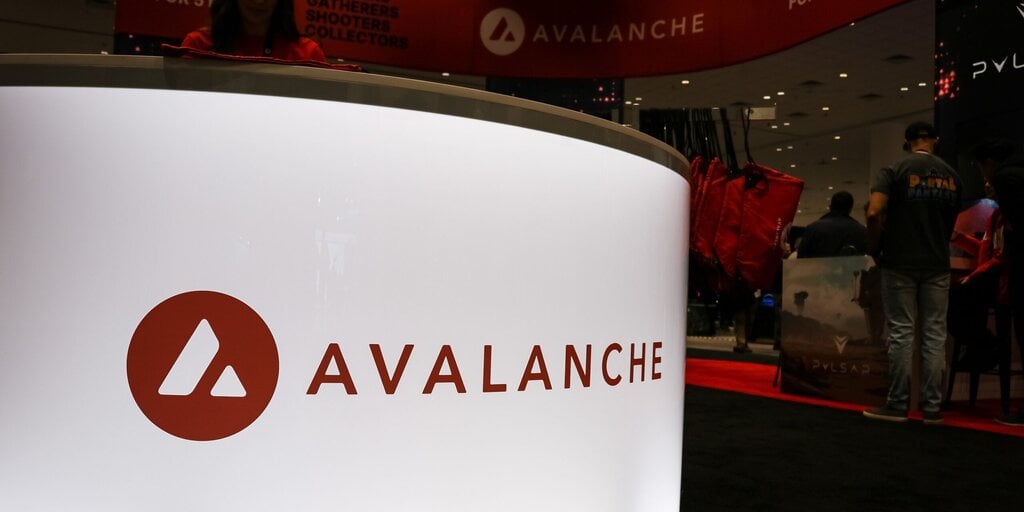Trusted Editorial content, reviewed by leading industry experts and seasoned editors. Ad Disclosure
According to a recent report, the world’s largest stablecoin company, Tether, and a partner firm are looking to raise capital for a digital asset treasury company that would accumulate its tokenized gold.
Tether To Launch Digital Asset Treasury Firm With XAUT: Report
On Friday, October 3rd, Bloomberg reported that Tether and financial services firm Antalpha Platform Holding are leading an effort to raise at least $200 million to set up a digital asset treasury company. Citing unnamed sources close to the matter, this public vehicle would use the capital to purchase XAUT, Tether’s gold token.
Bloomberg revealed that Antalpha Platform Holding has close ties to Bitmain Technologies, the world’s largest Bitcoin hardware supplier based in China. According to a report from the University of Cambridge Judge Business School, the Bitcoin hardware manufacturer supplies about 82% of the world’s crypto mining machines.
Bloomberg posited that this capital-raising effort would further strengthen the relationship between two of the largest companies in the global crypto industry. Meanwhile, this venture would represent a continuation in digital asset treasury companies’ craze happening this year, with more than 80 firms set up so far in 2025.
Furthermore, the report revealed that asset manager Cohen & Company is the lead advisor on the deal, with further talks kept private. While most parties declined to comment, Tether reportedly pointed out a post on the social media platform X about its recent announcement with Antalpha.
Source: @paoloardoino on X
As per the post on X, Antalpha revealed that it would be integrating Tether Gold into its Real-World Assets (RWA) Hub, offering tokenized gold-backed lending and infrastructure solutions. The financial services firm also announced that it would set up physical vaults in major financial centers around the world to allow holders to exchange the tokens for gold bars.
This move to offer XAUT-backed lending came after Tether had purchased an 8.1% stake in Antalpha during its initial public offering (IPO) earlier in May 2025.
Tether Gold, launched in 2020, offers investors an exposure to gold without physically owning the metal. With a market capitalization of about $1.5 billion, Tether claims that the almost 250,000 XAUT tokens in circulation are backed by an equivalent of more than 7.66 tons of gold.
USDT Market Cap At $175 Billion
At the same time, Tether owns the largest dollar-backed stablecoin and the fourth-largest digital asset in the cryptocurrency market, with a market cap of more than $175 billion.
The USDT market cap at $176 billion on the daily timeframe | Source: USDT chart on TradingView
Featured image from Pexels, chart from TradingView
Editorial Process for bitcoinist is centered on delivering thoroughly researched, accurate, and unbiased content. We uphold strict sourcing standards, and each page undergoes diligent review by our team of top technology experts and seasoned editors. This process ensures the integrity, relevance, and value of our content for our readers.










